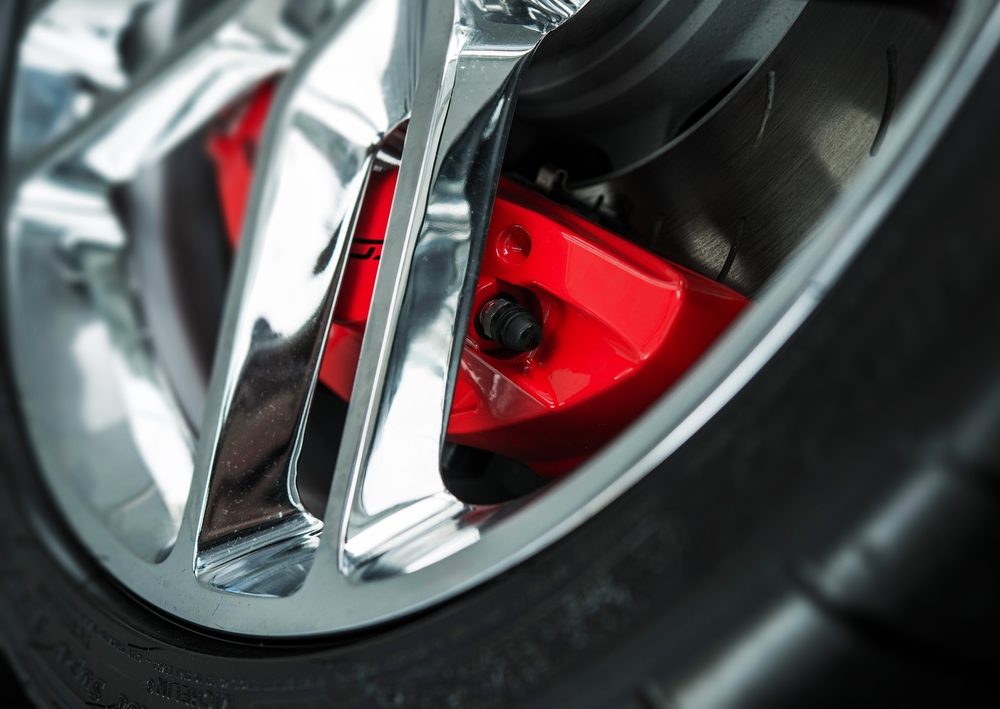Low-Speed Emergency Braking Increasingly Included in New Passenger Vehicles: NHTSA

Over a one year period since late 2018, more than 9.5 million vehicles were equipped with low-speed automatic emergency braking (AEB) systems, highlighting progress toward a federal target to include the critical safety feature standard on all new vehicles by 2022.
The National Highway Traffic Safety Administration (NHTSA) issued a report this week, which details progress made by automakers toward this goal, indicating that 12 manufacturers are already equipping more than 75% of new passenger vehicles with emergency breaking systems.
Two years ago, only 30% of new vehicles had AEB systems, which were typically reserved for high-end vehicles or as a costly add-on, even though the technology was well established and proven to reduce the risk and severity of automobile accidents.

Did You Know?
Millions of Philips CPAP Machines Recalled
Philips DreamStation, CPAP and BiPAP machines sold in recent years may pose a risk of cancer, lung damage and other injuries.
Learn MoreIn 2016, 20 auto manufactures committed to making AEB a standard feature in new vehicles within five years. The update indicates four manufacturers have already met the voluntary commitment three years ahead of schedule, including Tesla, Volvo, Audi and Mercedes.
From September 2018 to August 2019, 9.5 million vehicles were outfitted with AEB technology, and progress is being made through the voluntary commitment much quicker than the agency could have achieved through regulatory actions.
“Many crashes and injuries that might otherwise occur are shown to be preventable with this technology,” said NHTSA Acting Administrator James Owens. “It’s a win for safety and a win for consumers.”
Auto manufactures report yearly progress through a submission to the Federal Register Docket. So the progress each manufacturer makes is public record.
AEB systems are designed to help reduce the severity of crashes or help prevent them. It applies the brakes in imminent front-end collision scenarios. On-vehicle sensors detect crash risks using cameras, radars, and lasers, then warn the driver and apply the brakes if the driver doesn’t.
Research has shown AEB technology helps decrease the risk of rear end collisions and injuries. Drivers in vehicles with AEB systems have 43% fewer rear end collisions compared to drivers in vehicles without the systems.
A Consumer Reports vehicle safety survey rates AEB systems as among the highest rated safety features preferred most by drivers. However, one study indicated these safety features have some drawbacks, including being unreliable at night or in bad weather and fail to account for real-world scenarios.
Get more articles like this sent directly to your inbox.
"*" indicates required fields




0 Comments